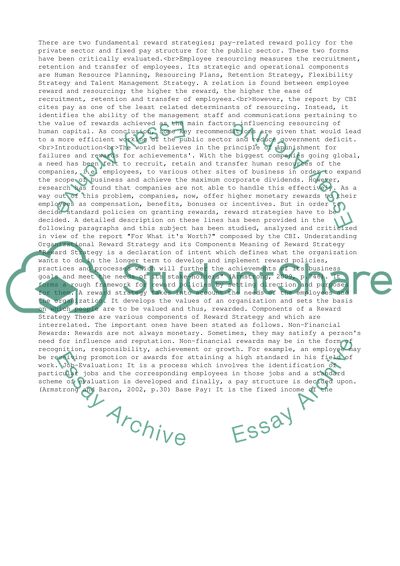Cite this document
(“Employee Reward And Resourcing Module_HRM Essay”, n.d.)
Retrieved de https://studentshare.org/management/1391010-employee-reward-and-resourcing-modulehrm
Retrieved de https://studentshare.org/management/1391010-employee-reward-and-resourcing-modulehrm
(Employee Reward And Resourcing Module_HRM Essay)
https://studentshare.org/management/1391010-employee-reward-and-resourcing-modulehrm.
https://studentshare.org/management/1391010-employee-reward-and-resourcing-modulehrm.
“Employee Reward And Resourcing Module_HRM Essay”, n.d. https://studentshare.org/management/1391010-employee-reward-and-resourcing-modulehrm.


